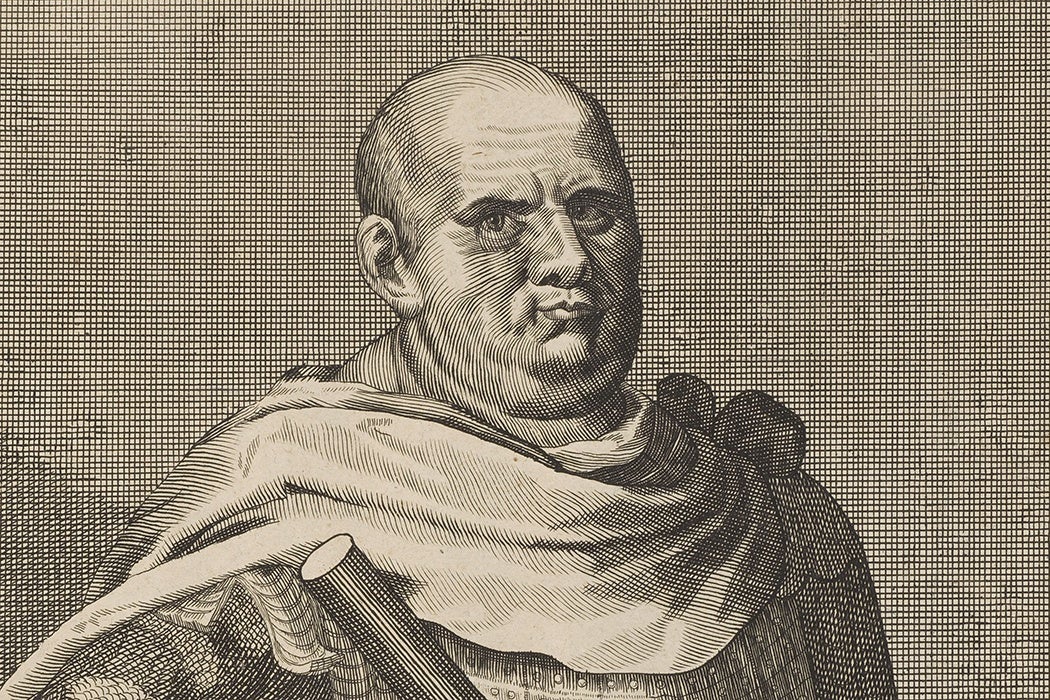Ever wondered who first invented the pay toilet? The institution may just go back longer than you’d suspect.
The Ancient Romans were not the first to have sophisticated sewers and plumbing, but the vast expanse of the empire left enough of their public works intact for later discovery. Among the conveniences provided to inhabitants of Rome were public toilets, available from the second century BCE.
Then in 69 CE, Vespasian came to power. Rome was unstable and the treasury was down to its last denarius. If Vespasian couldn’t find a way to pay the army that brought him to power, they would find someone with more cash on hand to take his place. Vespasian managed to establish a brief dynasty, beginning the construction of the Coliseum, and dying of natural causes (which was an achievement for the time), but the most long-lived of his creations may have been pay toilets.
For Vespasian, turning urine into gold looked promising as he faced the treasury’s empty coffers. How did he do it? According to some historians, he started taxing tanners for the urine they used to cure leather. Other historians suggest that he implemented a fee for the use of the public toilet facilities, thereby inventing the pay toilet.
Jumping ahead to the late nineteenth-century United States, many establishments had pay toilets that were opened by staff with the payment of a coin or token. Some histories claim that Walt Disney was the first to install the coin-operated lock version in his café Walt’s in Los Angeles in 1936.
The vast majority of these locks were made by Nik-O-Lok, founded in 1910 (and still in business.) In 1970, the Committee to End Pay Toilets in America (CEPTIA) was founded in Dayton, OH by two young brothers who had taken an uncomfortable trip down the Pennsylvania Turnpike, thanks to the pay toilets ubiquitous along the route. Their campaign argued toilet access as both a human right and a feminist issue—urinals were free of charge, whereas stalls were the only accommodation requiring payment. Opponents maintained the payment was “a constitutional right” and toilet lock companies said their products “discourage[d] drug addicts, homosexuals, muggers and just plain hippies from haunting public restrooms.”
CEPTIA’s 1973 press conference in Chicago was the beginning of the end—Mayor Daley was the first to ban pay toilets from a major city, and soon more followed suit. Nik-O-Lok lost a lawsuit against Chicago, and by 1980, pay toilets had become close to extinct.
As for Vespasian, his invention lives on in the French word vespasienne—a public urinal.







